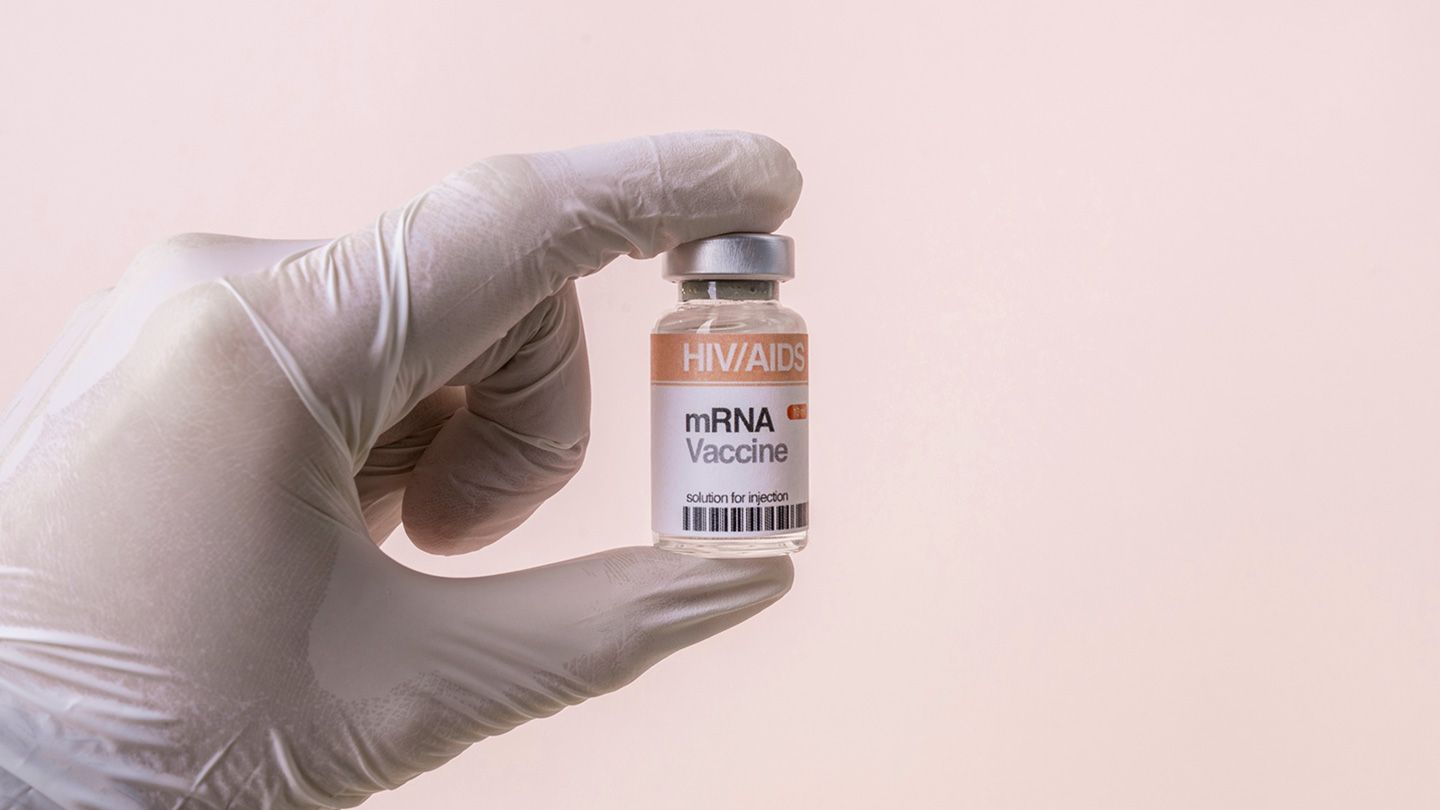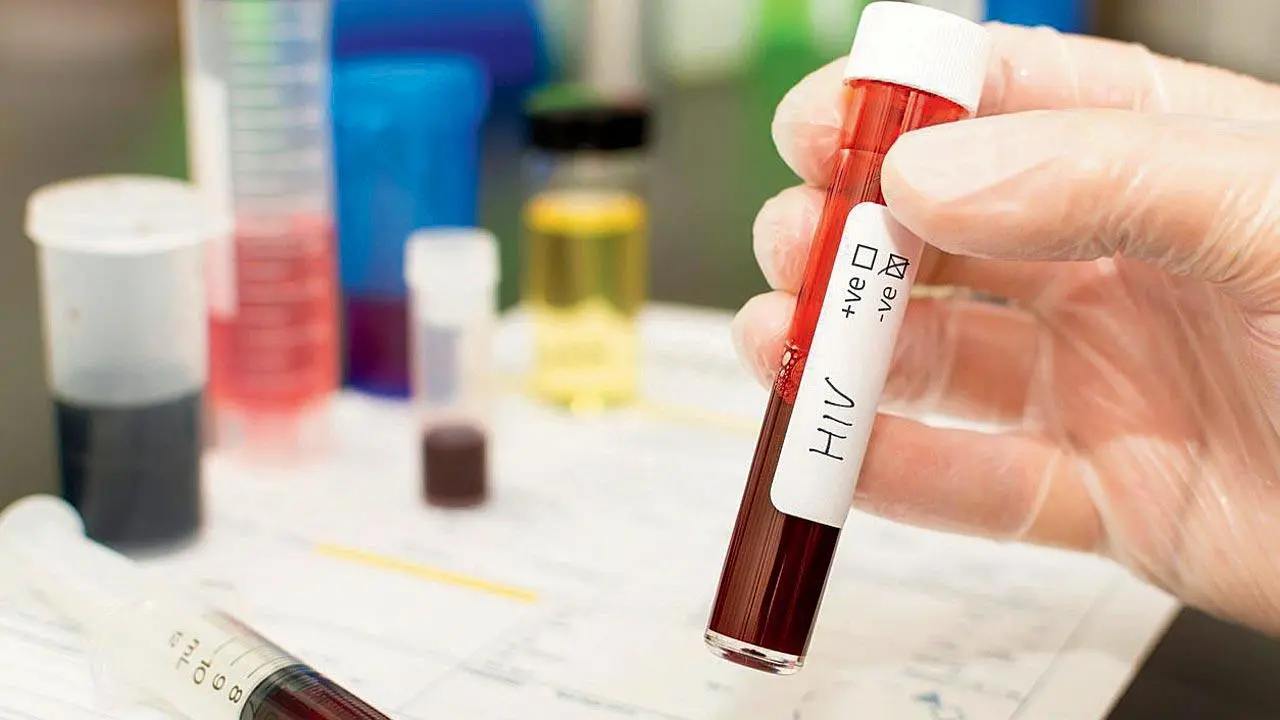In the quest for a cure for HIV/AIDS, a groundbreaking discovery has emerged in the ever-evolving battle against the Human Immunodeficiency Virus (HIV), casting a ray of hope on the development of a long-awaited AIDS vaccine. Researchers at the Duke Human Vaccine Institute (DHVI) have unveiled a minute but significant movement on the virus’s surface, potentially paving the way for a breakthrough in combating the deadly disease.

The Discovery: A Tiny Movement with Huge Implications
At the heart of this scientific advancement is the rapid opening of a minuscule part on the virus’s surface, specifically the envelope glycoprotein. This protein plays a pivotal role in the virus’s ability to attach to T-cell receptors, a critical step in the infection process. The discovery of its rapid movements, lasting only millionths of a second, opens up new avenues for vaccine development.
The envelope glycoprotein’s dynamic behavior has long been a subject of interest among researchers. It’s known for its ability to evade the immune system by continually changing its shape. However, the DHVI team’s findings offer a promising clue: if scientists can hinder this swift movement, they could significantly advance AIDS vaccine development.
A Deeper Dive into the Mechanism
When HIV attempts to infiltrate a human T-cell—a key player in the immune system’s defense against pathogens—it first latches onto the cell’s CD4 receptor. This action triggers the virus’s envelope structure to open up, revealing a crucial binding site for cell infection. This process is essential for the virus to introduce its genetic material into the cell, leading to a permanent infection.
The DHVI researchers, including postdoctoral researcher Ashley Bennett and lead author Rory Henderson, an associate professor of medicine, have pinpointed the existence of a moving part of the virus that acts like a latch. This latch shields a sensitive binding site, preventing the virus from opening prematurely. The potential to use a specific antibody to keep this latch closed represents a significant stride towards impeding the infection process.

Addressing Past Setbacks in Finding the Cure for HIV/AIDS
The path to developing an AIDS vaccine has been fraught with challenges, primarily due to the virus’s complex and elusive nature. Previous efforts to stabilize the virus structure for vaccine development encountered obstacles, not due to errors in approach but because of a lack of understanding of the virus’s dynamic behavior.
Henderson’s team has now shed light on why immunization efforts often led to the generation of antibodies targeting areas that the virus effectively shields from the immune system. By analyzing the interplay between antibody binding and the virus’s shape, researchers have gained invaluable insights, leading to the design of an immunogen that shows promise in overcoming these hurdles.
Tiny surface movement of HIV reveals clue for AIDS vaccine developmenthttps://t.co/17NfZqvSgV
— Interesting Engineering (@IntEngineering) February 3, 2024
Leveraging Advanced Technology for Breakthroughs
To achieve these insights, the team utilized an electron accelerator at the Argonne National Laboratory. This cutting-edge technology produces X-rays capable of visualizing entities at the atomic level, enabling the researchers to examine the various states of the virus in unprecedented detail.

The Road Ahead for the Cure for HIV/AIDS
This discovery not only highlights the importance of understanding the intricate mechanisms of HIV but also illustrates the power of innovation and persistence in scientific research. As the world continues to grapple with HIV/AIDS, findings like these offer a glimmer of hope and a reminder of the potential to overcome even the most daunting challenges through science.
With each step forward, researchers move closer to unlocking the secrets of HIV and making a cure for HIV/AIDS, inching towards the ultimate goal: the development of a safe, effective, and widely accessible vaccine against AIDS. As the scientific community builds on these discoveries, the dream of eradicating AIDS becomes increasingly within reach, marking a potential turning point in the global fight against this devastating disease.









